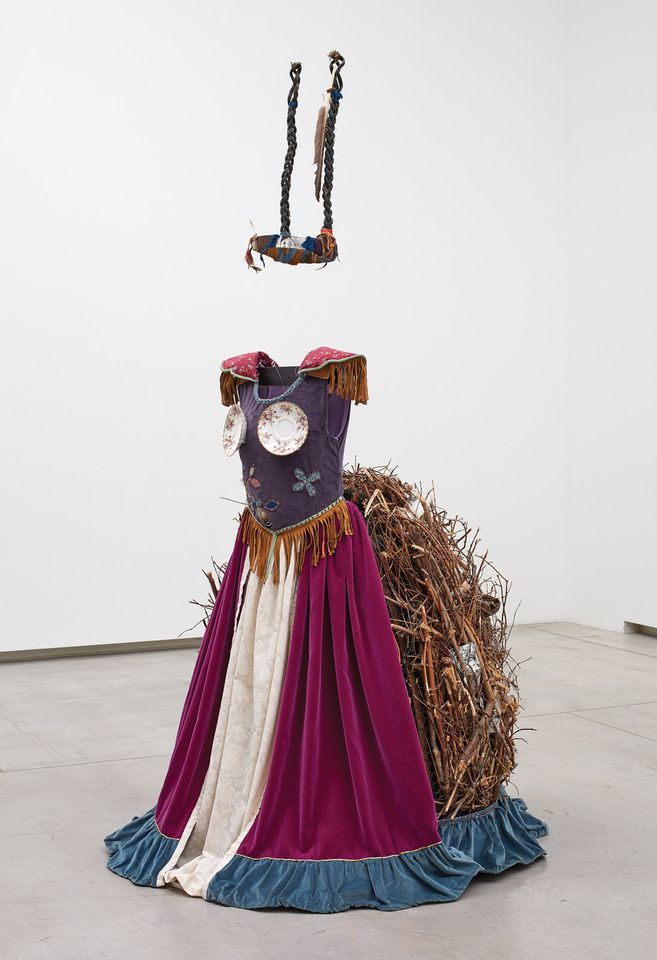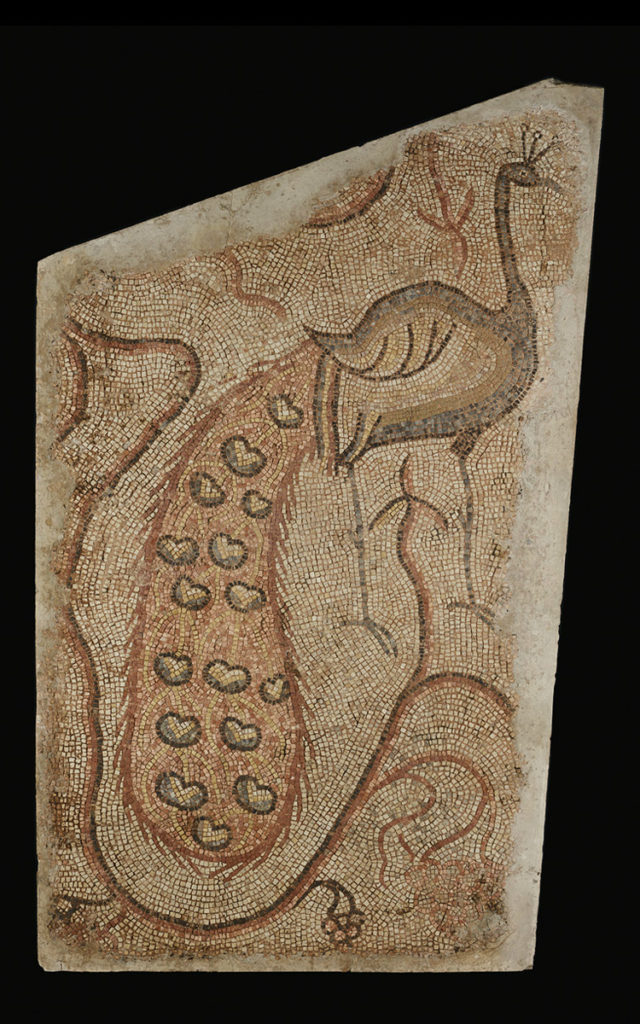Tomorrow is Canada Day, and the Art Gallery of Ontario is marking it with the opening of new galleries of art made in Canada that will, for the first time, give primacy to indigenous art–at least in its J.S. McLean Centre for Indigenous and Canadian Art—to whose name “indigenous†was added just last year, btw. The Centre has been completely reimagined. It now corrects what indigenous art curator Wanda Nanibush calls “a historical inequity.”

The message begins at the museum’s entrance. “Right away, in the main court, you see an installation of Inuit art,” said Georgiana Uhlyarik, curator of Canadian Art, “and then when you walk up the stairs to the second floor, where Canadian art is featured, you see a new installation of indigenous art, two sculptures.”
Then, in the centre, the two curators rejected a chronological installation that would have moved through the decades and styles of Canadian art, on the grounds that “Canadian art [would decide] where indigenous art fits in”, Nanibush says. “It doesn’t allow for indigenous art to speak on its own terms.”
You can learn more about their approach in a short story I did for The Art Newspaper headlined Indigenous Art Comes First in the Art Gallery of Ontario’s New Canadian Galleries.
It’s quite interesting, but the kicker on my story is more interesting in its implications. In my conversation with Stephan Jost, the AGO’s director, we talked about the Thomson Collection, which is installed nearby. It has 16,000 sq. ft. of galleries hung in a traditional, chronological way. “That’s not being touched,” Jost said, “In any healthy,

successful museum, you have to allow for multiple narratives.”
Nowadays, I think he’s right. There are many narratives that can be told from museum holdings. This is an experimental moment, and we see collections being rehung in many places. The Getty Villa, under Timothy Potts, recently reopend with a new, chronological hang, explained here by Potts. It had recently been thematic, “with galleries dedicated to subjects such as ancient theater, athletes and competition, and gods and goddesses,” as Potts wrote. But now, he explains:
[The new installation]] is an invitation to our visitors to more fully appreciate what they see in our galleries. Just as today, artists of the ancient world adapted the styles and techniques of the past, seized on new technologies, and borrowed forms and ideas from neighboring cultures. Understanding developments in history, technology, and cultural exchange is thus critical for appreciating how and why the styles, subjects, and ways of making art differ across space and time….
…The new art historical display, together with these thematic excursions, combine to support more effective teaching from the collection, enabling educators to be more nimble and varied in the narratives they can explore…
…Grouping objects by period and culture has another important advantage: it allows the masterpieces of the collection to stand out.
There is room for both of these kinds of displays–and more. The danger, of course, is allowing them to become too political, too attuned to momentary concerns and grievances.
That, in my view, is a mistake.
Photo Credits: Courtesy of the AGO and the Getty
